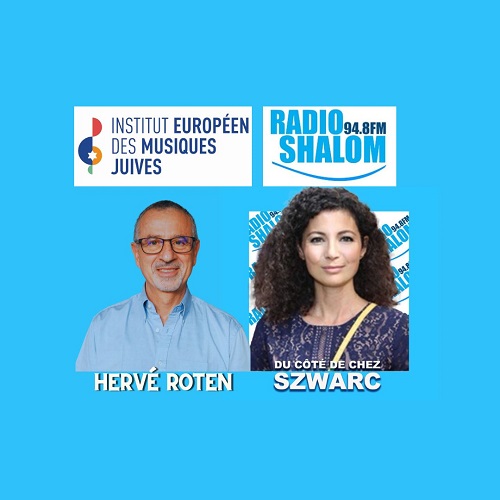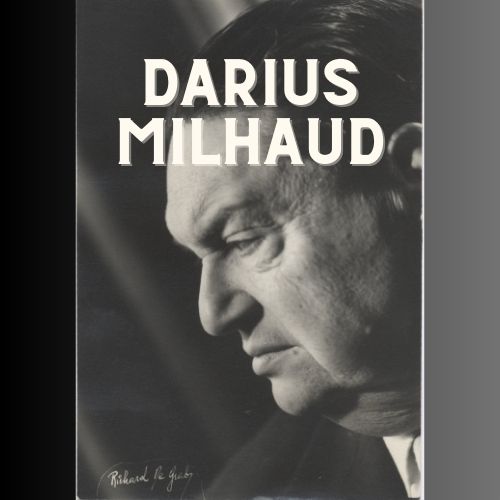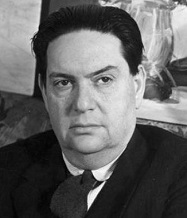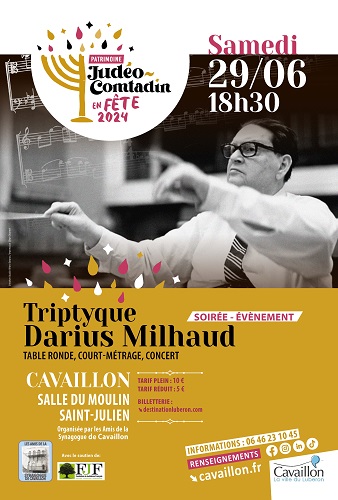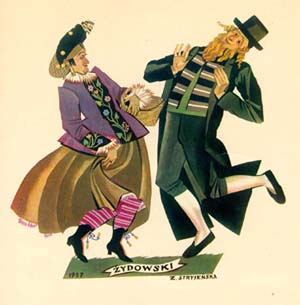
A selection of klezmer music for dancing
Klezmer is an instrumental music for celebrations which was once performed in the Jewish communities of Eastern Europe at weddings or joyous religious celebrations. The word “klezmer” comes from Hebrew kli zemer which means “instrument of the singing”.
Since the 16th century, dancing took largely part in the Esatern Europe jewish celebrations. But no Jewish Askenazi dance was specific to a community : the major part of the repertoire – dances in line, in circle, in couples, etc. – was cosmopolitan or comprised elements borrowed to the non-Jewish environment.
However, the Jews used a body language which differenciated them from the non-Jews who practiced the same dances, in particular in the movements of hands and arms, as well as in the play of legs by the young men.
During weddings, a large part of the ritual consisted in dances that aimed to honor the bride (mitzve tants), the special guests, the step-fathers, the ancestors, the present rabbis… or to mime feelings like anger : broyges tants and reconciliation : sholem tants.
Klezmer music accompanied several different dance styles. Here are a few examples:
- The sher was considered as “the” ultimate Ashkenazi dance. Dancers are divided in four mixed couples (or of women in orthodox circles). It starts with a “promenade” in circle, then in couples. After that, each dancer invites one after the other the four feminine partners to dance with him in the middle of the circle.
- The khosidl recalls the hassidim even if its origin is probably profane. It is a solo dance on a zemerl (a religious inspired melody). It generally starts at a moderate tempo and gets slowly quicker and quicker, until it reaches an extatic enthusiasm…
- The hora, “slow” or “Romanian” is a circle dance (or in line) on a 3 step music, common by Jews and non-Jews in Romania (Moldova, Bessarabia, Bukovina) and in certain regions of Ukraine.
- The freylekhs (“joyful”) is a Jewsish dance in line or circle on a 2 step music. Because of its simplicity, it was widespread in Eastern Europe Jewish communities. Lively, joyful, it is nevertheless filled with spirituality. It is characterized by long walks, that can change from one shtetl to the other, offering a large place for improvisation.
- The bulgar is also a lively dance in circle, in line or in couples, on a rhythm close to the freylekhs, that appeared in Romania and in the south of Ukraine at the end of the 19th century. Holding hands, the dancers do steps forwards or backwards, but always emphasized on the right in order for the circle to turn.
- The terkisher is a hassidic dance on “turkish” rhythm (similar to tango or syrtos)
- The patsh tants is a counter-dance en circle of Polish Jews. The music requires, at certain moments, to clap hands of stamp with the feet.
Source: “Danses yiddish, klezmer, ashkenazes ou du shtetl” on the website dedicated to klezmer music by
Read the article Klezmer music: from the past to the present
Learn more on the book La danse traditionnelle juive ashkénaze by Danielle Bailly & Michel Borzykowski
